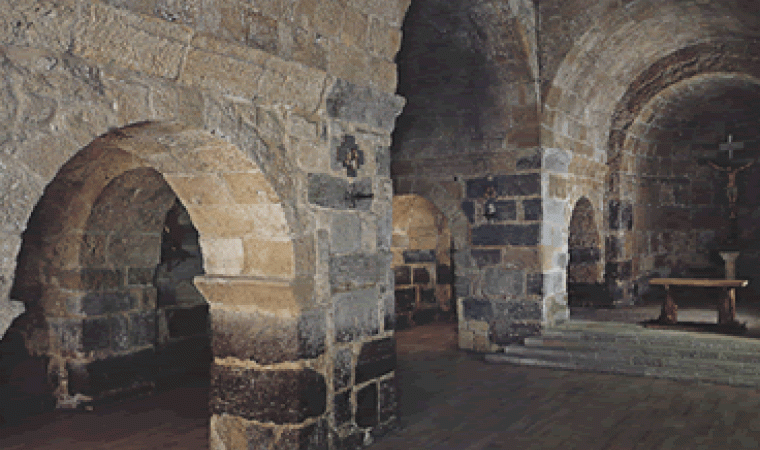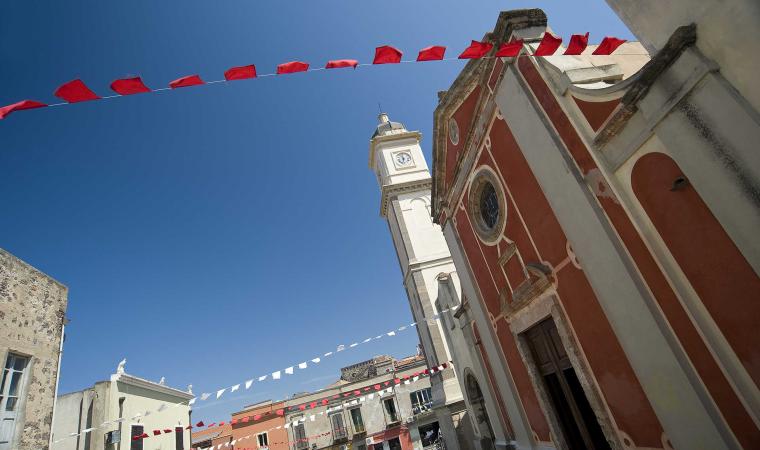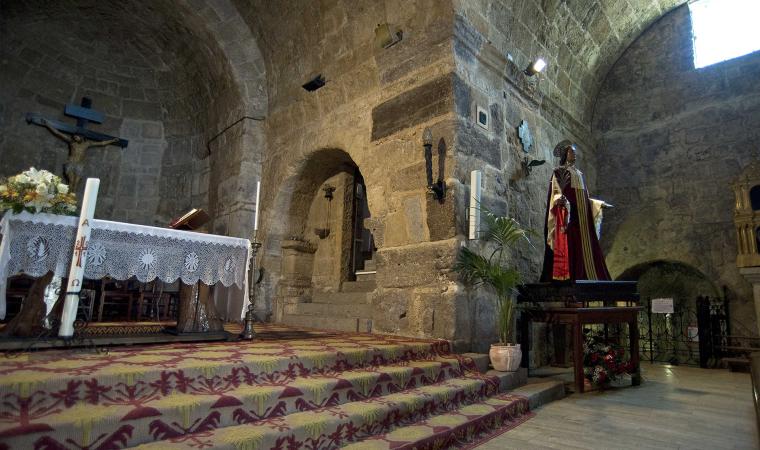The relationship is eternal, renewed every year by a ritual that has remained unchained for centuries: 15 days after Easter, the simulacrum of Sant’Antioco leaves the church, located at the highest point of the town, and is taken in procession through the city. Although ancient Sucis and its port had been an episcopal seat since 484, the first mention of the Sant’Antioco basilica dates back to 1089, when the judge of Cagliari donated it to the Vittorini monks of Marseilles. It was originally cruciform. Today its plant is longitudinal, with three naves and as many aisles, a central apse and a transept as long as the hall. Two side naves have been added, those, too, with apses. The structural change has kept art historians busy in various interpretations of the monument, identified as the place of martyrdom of Sant’Antioco, born in Mauritania and exiled in Sardinia.
A permanent liaison characterises Sardinia’s largest island, at its southwesternmost tip: the island is named after a saint, as is its main town, at the foot of a hill that overlooks the sea
See this place because...
In the basilica, one of the island’s most important examples of Romanesque architecture, you will experience, at the same time, Sardinian pre-history and history, and an interesting relationship between the patron saint and his city
Pictures and videos
Nearby
Dove si trova
La chiesa si trova in piazza De Gasperi a Sant’Antioco.
Come arrivare
Dal lungomare di Sant’Antioco, prendi una delle vie che conducono al centro storico fino a via Regina Margherita che si affaccia in piazza De Gasperi, dove è situata la chiesa intitolata al martire locale.
Admission
Free admission
Ti piace questo luogo? Sant'Antioco potrebbe essere la tua meta ideale.




